Luis Barragán
maro
17 years ago
Related Stories
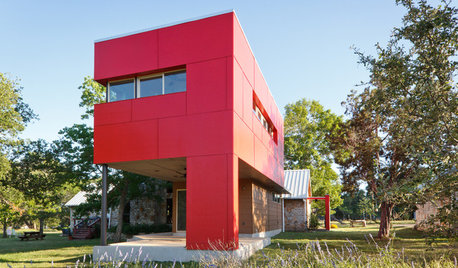
EXTERIORSColor Makes Its Mark on Modern House Exteriors
Consider borrowing from the rainbow to give a modern home depth, distinction or even just a mood boost
Full Story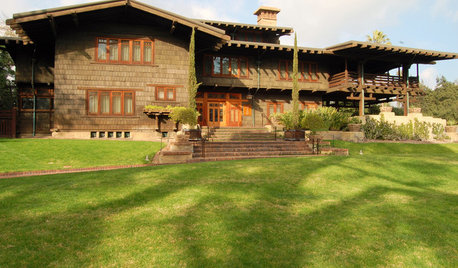
ARCHITECTUREIconic Architecture: 10 Must-Know Modern Homes
These masterpieces of modern architecture are still influencing home design today — see if any elements appear in your own home
Full Story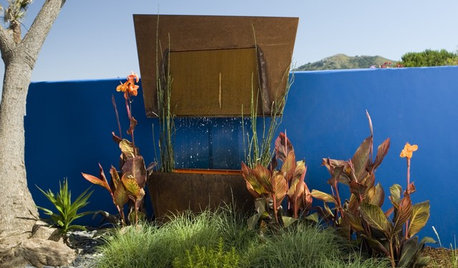
COLORRelax and Reflect in a Blue Landscape
Find sanctuary by introducing this well-loved hue outside
Full Story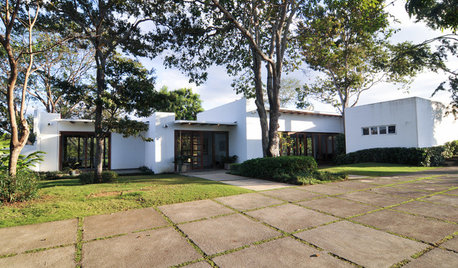
HOUZZ TOURSMy Houzz: Lush Views for a Modern Nicaraguan Home
Undaunted by a steep slope, a contractor creates an open home that embraces its hilly vistas and offers his family a sanctuary
Full Story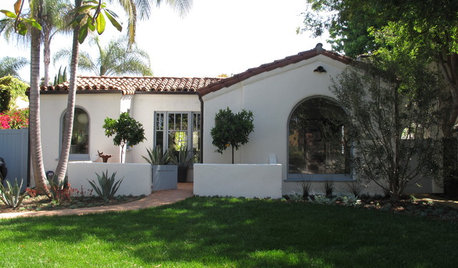
ARCHITECTURERoots of Style: Many Cultures Make Their Marks on Mediterranean Design
If you live in California, Florida or certain other parts of the U.S., your architecture may show distinct cultural influences
Full Story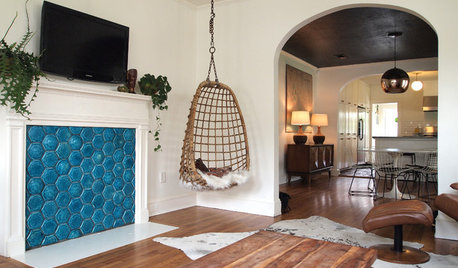
STUDIOS AND WORKSHOPSMy Houzz: Eclectic Charm in a Baton Rouge Renovated Live-Work Cottage
Makers of handcrafted jewelry bring personalized flair to their 1,350-square-foot Louisiana home and studio
Full Story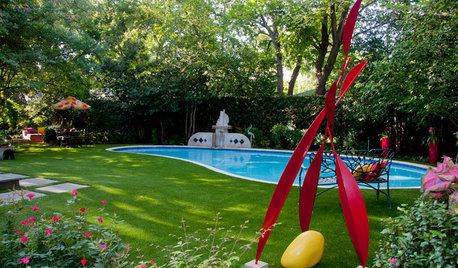
COLOR8 Ways to Rev Up Your Garden Color With More Than Just Plants
Bring energy and excitement to your outdoor space by going bold with color, from small touches to big changes
Full Story





inkognito
bahia
sammie070502
sammie070502
maroOriginal Author
maroOriginal Author
nandina
bahia
maroOriginal Author
accordian
sammie070502
nandina
sammie070502
inkognito
maroOriginal Author
inkognito
maroOriginal Author
inkognito
maroOriginal Author
maroOriginal Author
inkognito